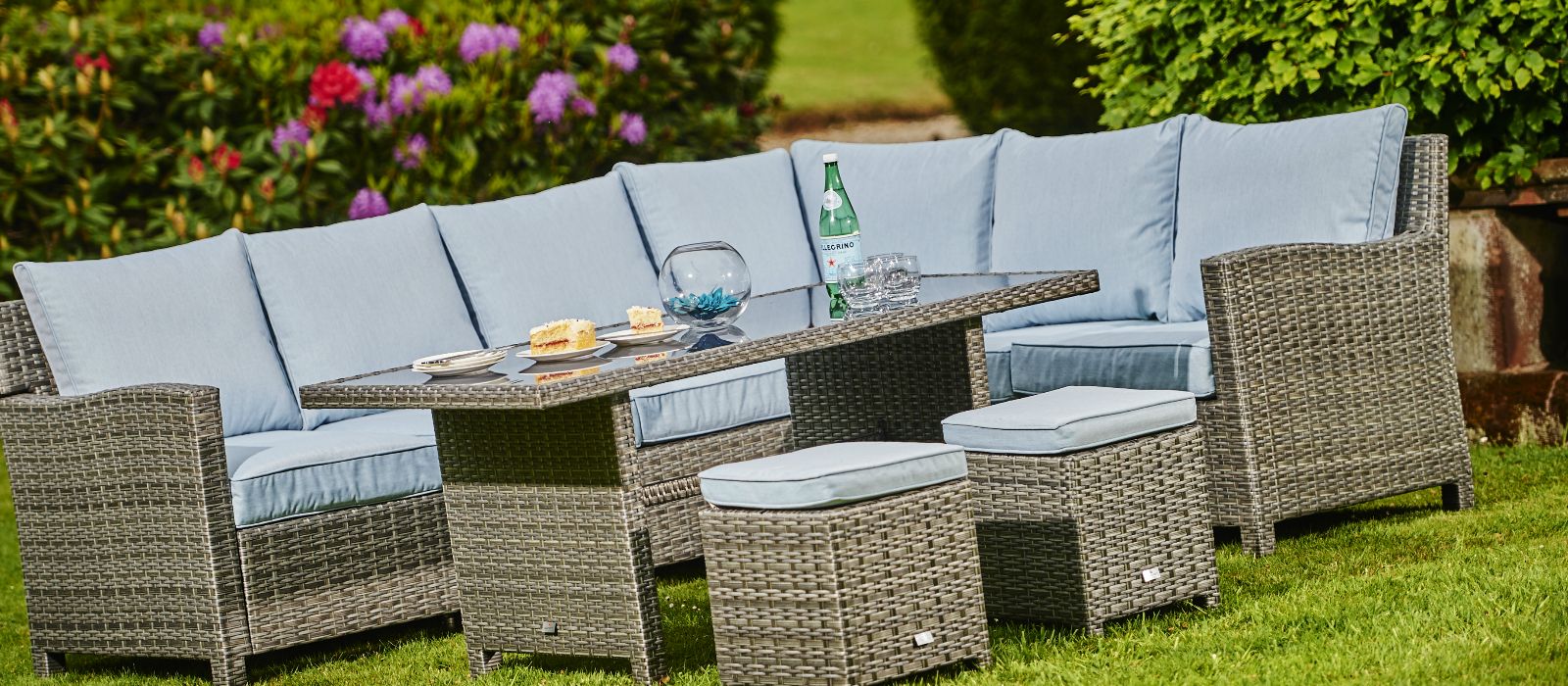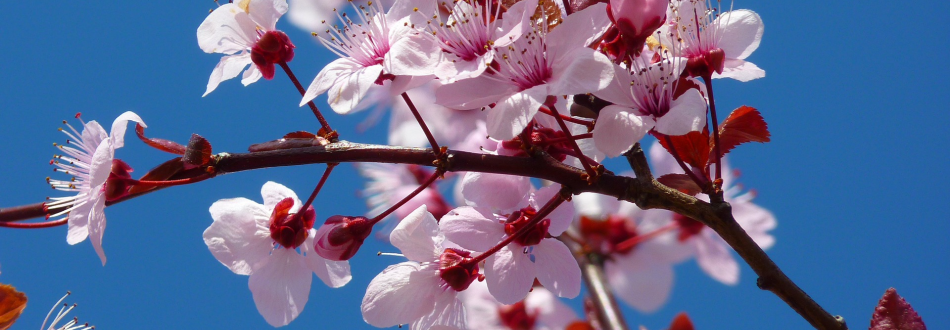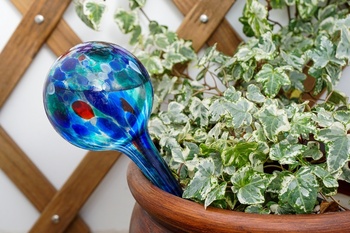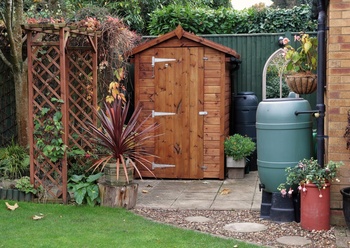
September's plant of the month is the aster, also known as the Michaelmas daisy and a stalwart of the late-summer border with its cheery, daisy-like flowers in shades of mauve, pink and violet.
All asters flower for a satisfyingly long time, starting in late August and continuing often until the first frosts. They're much-loved by bees and butterflies, so perfect for the wildlife garden, and make wonderful cut flowers. What's more, they go with just about everything: perfect partners for late-summer perennials like achillea and echinacea, they also contrast beautifully with grasses like Deschampsia cespitosa.
There are several different kinds, from Aster novi-belgii in a dazzling range of colours to the ever-popular Aster x frikartii 'Monch' in lavender blue. Others to look out for are 'Little Carlow', with lilac-blue flowers on sturdy stems 1m tall; and robust Aster novae-angliae, the New England aster ('Harrington's Pink' is one of the best pale pinks).
Asters are generally low maintenance, sturdy enough not to need staking: modern varieties even shrug off mildew, once the only problem to which asters were prone. For the most prolific flowers put your asters in a sunny or part-shaded position, in fertile, well-drained so il and keep watered in dry spells.







